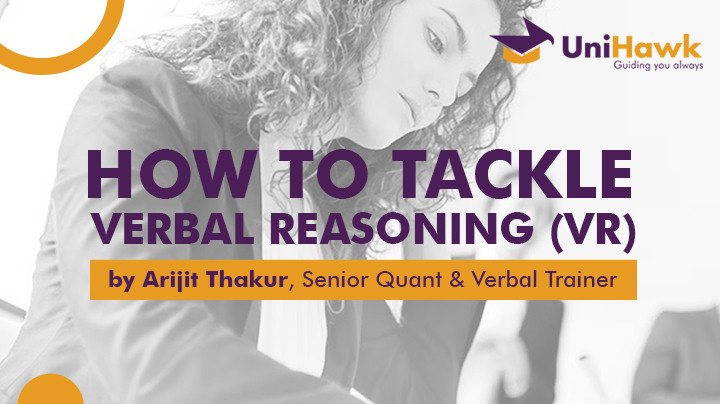Doing well in VR is really, really important for a couple of reasons. First, it is the initial section; how well you perform in this one influences your performance in what follows because of obvious psychological reasons. If it does not go well, you might lose steam. In the pressure cooker environment of the UCAT, that could be simply disastrous. Second, any student is more likely to answer a significant number of questions blindly in this section than in any other section, leaving the sectional score more unpredictable here.
The UCAT is designed primarily to test your reading efficiency. And the section wherein your performance depends the most on your reading efficiency is VR. Reading efficiency comprises two things: how fast you read and how accurately you understand what you read. Let us consider them one by one.
Have you ever measured your reading speed in terms of words per minute? If you have not yet taken any high stakes aptitude exam like the UCAT, there is little chance that you have attempted such measurement. Do you know how many words you should read per minute in order to do well in the VR section? Well, we do. Because we have measured the reading performance of our students for years and compared their actual scores with their reading speed.
Understanding accuracy is harder to measure. More precisely, it is much harder to self-measure. So I am not going to ask you where you stand at present with regards to understanding accuracy. Let it suffice to say that you must be absolutely comfortable with ‘consuming’ non-fiction that is heavily laden with information as well as arguments. One of the major problems a candidate faces here is that very few people have access to that kind of material on a regular basis.
Moreover, very few students nowadays naturally read the way they should in the VR section. Primarily because the only things they read are what directly relates to their performance in board exams. In other words, they generally read to memorise. UCAT VR is a classic reading comprehension test. Every such test is an open book exam: you do not need to memorise what you are reading because you can refer back to the passage as many times as you want within the time allowed. In short, you may have to both increase your reading speed and change your reading style.
The VR section contains 11 passages and 44 questions. You get just 21 minutes to read the passages and answer the questions. Every question carries equal weightage and 4 questions pertain to each passage. Hence it makes sense to prioritise the passages that are easy to read. However, that is easier said than done. If you do not judge the passages by the right standards, you might actually attempt to answer questions from the toughest passages.
There is no negative marking. So could we just junk this whole highly-annoying preparation altogether? Well, given that answering blindly lets you select the right answer in one out of three or one out of four cases, blind answering would be very unlikely to get you more than 14 or 15 questions right. However, you do not get anywhere near a score of 700 – out of 900 – in VR unless you answer 27 to 28 questions correctly. And scoring 600 or lower in VR means your score in the other sections have to go up proportionately so that they can compensate for a low VR score. That creates another kind of problem because none of these scores is marks obtained: they are all percentiles or ranks.
Actually, it is not that difficult to do well in VR. If you answer questions properly – that is to say, read the passages before answering the questions – from the required number of passages and manage to mark the answer in the remaining questions, there will be a high likelihood of your scoring 700 or more. Primarily because the questions are really easy in themselves. And there is little variety in them, which makes it easier to prepare well.
You see only 2 types of questions in the VR section: some of them have 3 options each while the rest have 4 options each. The first type requires the examinee to label a given statement as either true or false or “Can’t tell”. The last label is reserved for statements that cannot be labelled as either true or false because the information needed to confirm neither status is available. The other questions are standard multiple choice questions, about 9 in every 10 being in the format “Which of the following is true?” Therefore, being sufficiently familiar with the Aristotelian methods of determining what is supported, what is refuted and what is neither supported nor refuted by the text are the only things that you need to pick up when you prepare for the VR section.
In short, the questions – individually – are rather straightforward. The section is tough as a whole because you have very little time to answer the questions.
by Arijit Thakur, Senior Quant & Verbal Trainer





